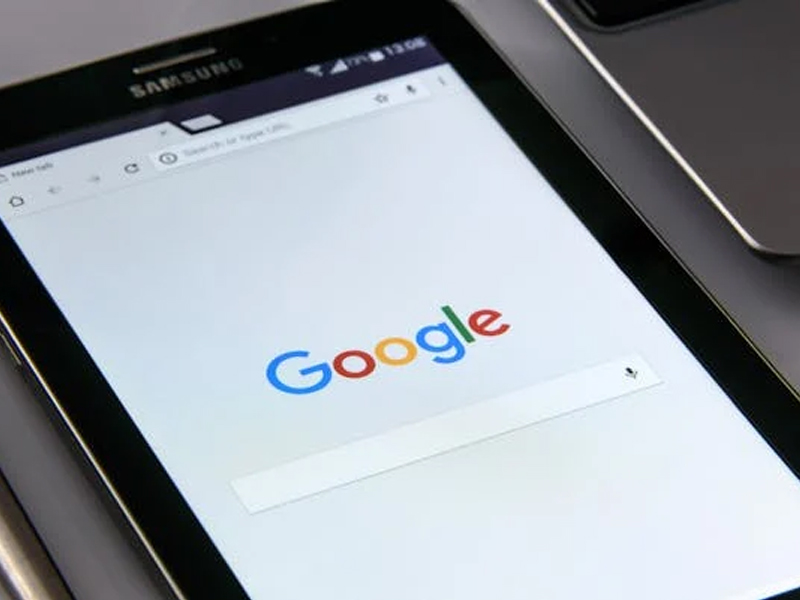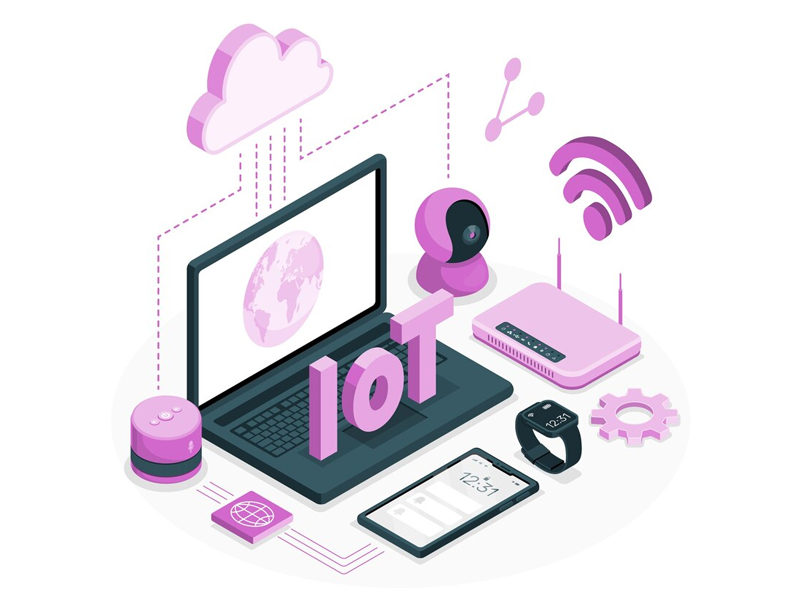Samsung Galaxy Note Edge Preview
Uncategorized
 The Samsung Galaxy Note Edge is a high-end smart phone featuring a Quad HD resolution, 2.7 GHz Quad-core Snapdragon 805 with 3 GB of RAM running on Android 4.4.4 KitKat, 16 Mega Pixels camera with Optical Image Stabilization, massive battery, everything enclosed in a thin 8.3 mm frame.
The unique feature of the Samsung Note Edge is its S Pen. Now, you can easily select and share your favorite content with the Smart Select feature. The S Pen allows you to add a lot of functionality to your phone, whether for business related tasks or if you want to pin a You Tube video on the screen or for drafting a table or even games.
Samsung puts its hands on innovative design by creating a bent display screen that curves on one end of the phone. This design helps to access applications quickly as they are lined up on the bent screen and enables quick access. With the new bent screen design you will not miss any notifications even if you are in the middle of watching a video.
The design frame of the Note Edge is similar to Note 4 except the metal frame which is replaced with polished plastic. The bulged out corners of the Note 4 is dropped, giving the Note Edge a standard rounded square shape. The power button moves to the top of the phone owing to the curved shape towards the side. Everything behind the phone remains identical with a camera pod, heart rate sensor, speaker and Pen slot.
The Note Edge has some interesting features like ruler and alarm clock lined on the side panel. The software development kit for the panel is open to developers, so there are possibilities for new apps that can create real utility for the Note Edge.
The Note Edge is expected to be priced steeply considering the off-contract price of Note 4 at $826. Most telecom carriers in the U.S. including AT & T, Verizon, Sprint and T-Mobile have plans to release Galaxy Note Edge.
The Samsung Galaxy Note Edge is a high-end smart phone featuring a Quad HD resolution, 2.7 GHz Quad-core Snapdragon 805 with 3 GB of RAM running on Android 4.4.4 KitKat, 16 Mega Pixels camera with Optical Image Stabilization, massive battery, everything enclosed in a thin 8.3 mm frame.
The unique feature of the Samsung Note Edge is its S Pen. Now, you can easily select and share your favorite content with the Smart Select feature. The S Pen allows you to add a lot of functionality to your phone, whether for business related tasks or if you want to pin a You Tube video on the screen or for drafting a table or even games.
Samsung puts its hands on innovative design by creating a bent display screen that curves on one end of the phone. This design helps to access applications quickly as they are lined up on the bent screen and enables quick access. With the new bent screen design you will not miss any notifications even if you are in the middle of watching a video.
The design frame of the Note Edge is similar to Note 4 except the metal frame which is replaced with polished plastic. The bulged out corners of the Note 4 is dropped, giving the Note Edge a standard rounded square shape. The power button moves to the top of the phone owing to the curved shape towards the side. Everything behind the phone remains identical with a camera pod, heart rate sensor, speaker and Pen slot.
The Note Edge has some interesting features like ruler and alarm clock lined on the side panel. The software development kit for the panel is open to developers, so there are possibilities for new apps that can create real utility for the Note Edge.
The Note Edge is expected to be priced steeply considering the off-contract price of Note 4 at $826. Most telecom carriers in the U.S. including AT & T, Verizon, Sprint and T-Mobile have plans to release Galaxy Note Edge. Frequently Asked Questions?

01
AI & ML
Gemini Evolves: Your AI Assistant on the Go with the New Overlay Feature
Apr 24, 2024

01
Tech news
Cloud Storage: Powering Progress or Polluting the Planet?
Apr 22, 2024

01
Internet of Things
Gearing Up for a Connected Tomorrow: Top Trends Shaping the Future of IoT
Apr 21, 2024
01
Mobile Technology
Streamlining Your Chats: A Look at WhatsApp’s Upcoming Filter Update
Apr 19, 2024
SUSBSCRIBE TO OUR NEWSLETTER
Join our subscribers list to get the latest news and special offers.
Gemini Evolves: Your AI Assistant on the Go with the New Overlay Feature
Cloud Storage: Powering Progress or Polluting the Planet?
Gearing Up for a Connected Tomorrow: Top Trends Shaping the Future of IoT
No More Range Anxiety: Google Maps Uses AI to Simplify EV Charging